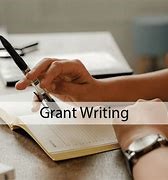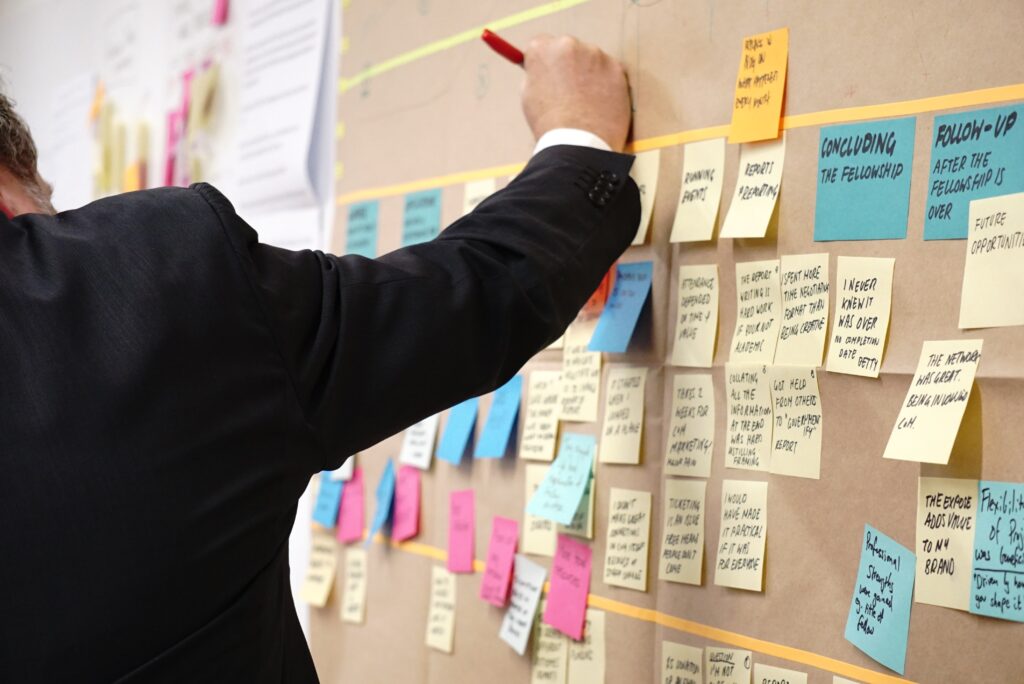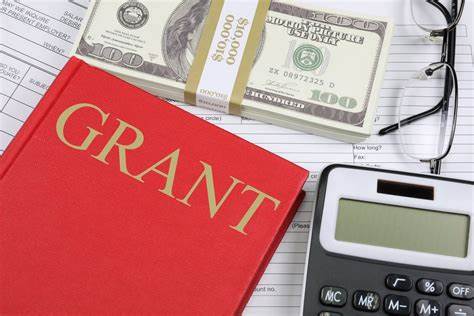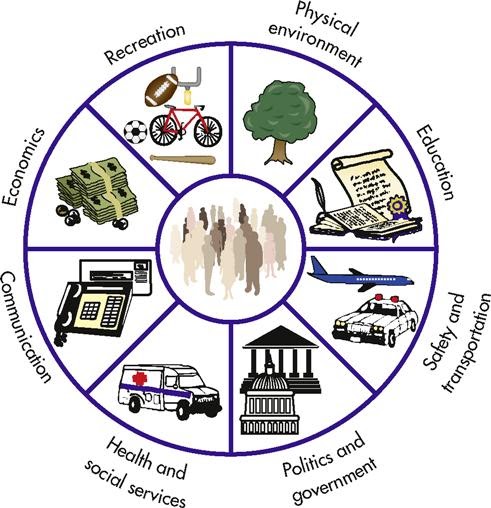
Navigating the process of writing a grant proposal can feel overwhelming for many nonprofit leaders and fundraising professionals. With strict deadlines, detailed requirements, and high stakes, it’s easy to see why the grant-writing process often feels like a daunting uphill climb. But here’s the good news—you don’t have to tackle it alone or unprepared.
Whether you’re a seasoned grant writer or just getting started, preparing your nonprofit organization is a critical first step toward success. Crafting a compelling proposal isn’t only about meeting requirements; it’s about persuading grant funders that your mission aligns with their priorities and that your organization has the capacity to deliver real results.
This guide will walk you through the essential steps to prepare your nonprofit, ensure you align with funder priorities, and craft a strong, competitive proposal. From engaging your board to streamlining your goals with SMART strategies, we’re here to help you build a foundation for funding success.
By the end, you’ll not only have a clear roadmap for the grant-writing process but also the confidence to turn “what if” into “we did it.” Let’s set your nonprofit up for success—it starts here!
This sounds easy, but many nonprofits are overwhelmed by a task that frequently has an impending deadline and numerous specific requirements. Grant writing is a specialized writing strategy, and following this step-by-step guide will put you on the path to successfully persuading your grant funding partner on the merits of your proposal.
In this step-by-step guide, we will provide you with a successful grant writing process to follow..
Prepare Your Organization
The ideal time for preparing your organization is before you have a grant submission deadline in eight weeks. Your organization will need foundational components for an effective grant. Preparing your organization encompasses gathering (and updating) the legal documentation and fiscal procedures, engaging your Board of Directors, and developing a strategic plan with goals and objectives.
Sunshine Nonprofit Solutions provides business planning and strategic planning services to enhance your organization and prepare for writing funding proposals.
The necessary legal documents include your federal and state paperwork regarding your tax-exempt status, the 501(c)3 letter, recent tax return (990 form), single audit, DUNS number, EIN (Employer Identification Number), along with the Board of Directors roster and by-laws. Some grants may also require a copy of your latest single audit, other grants may require a copy of your fiscal procedures. Each request for proposal (RFP) will define and list the required documents.
Board of Directors

Engaging your Board of Directors is critical to a grant proposal’s success and begins with open communication. Provide information about your organization – its mission, goals, and impact through reading and short videos created by your staff and clients. Share information between meetings using a platform such as Diligent, which is designed for board members to interact. Engaging Board members around a grant proposal relies on effective communication. It is helpful to provide both an abstract and a visual logic model or infographic to illustrate your proposed program.
Strategic Plans and S.M.A.R.T. Goals

Successful nonprofit organizations develop strategic plans with a mission statement and articulated goals. Incorporating your mission statement and articulated goals strengthens a grant proposal. A mission statement broadcasts the values of your organization, what you do, and why you do it. The mission statement is the foundation for your goals. Goals are the map for reaching your mission and ideally, demonstrate your progress. SMART goals have become an industry norm for goal design; SMART goals are specific, measurable, achievable, realistic, and timely.
An example of a vague goal is:
Sunshine Nonprofit Organizations will create healthy, safe, and welcoming environments.
The following example rewrites the vague goal into a SMART goal.
Sunshine Nonprofit Organization will create healthy, safe, and welcoming environments for highly disadvantaged families that include private spaces with comfortable furniture and lighting, with staff who are knowledgeable and respectful, and visual decorations that reflect multicultural diversity, by the end of 2024 as measured by “Family Readiness Checklist”
Align Your Proposal with Your Funder’s Goals
Target your mission and goals to the specific mission and goals of the funding organization. Explore the organization’s website to determine if your mission and goal align. Research previously funded organizations and successful grant proposals.
When letters of inquiry are requested (LOI), write your letter to the funding organization and describe the proposed project. Be sure to demonstrate the connections between your proposed project and the funding priorities. The LOI is a critical component of determining appropriate opportunities.
There are subscription resources that help narrow your focus to appropriate upcoming grants. GrantWatch is especially useful for grant research, and grants.gov is the official listing for federal grants.
Understand and Articulate Grant Priorities
Have a team read the request for proposals (RFP) thoroughly and in its entirety, creating a consensus around a list of items to include in the proposal, including documents for the appendix.
Review the eligibility criteria carefully along with the required documents. Familiarize yourself with the formatting requirements, especially the page numbers and the submission date. It is helpful if you set interim deadlines and accountability measures.
Grants have categories or sections of the grant. Each section will ask you to identify the answer and grants will have sub-questions. Each section also has a word count with an assigned number of points. Those sections with the most points are the most important; those sections also have larger word counts. Focus your time and attention, after completing the budget, on those sections that have the most points.
Be sure to answer every sub-question with specific details and examples. Clarity in your details is the crux of a winning proposal. The phrases you should avoid include “when needed,” “as needed,” or “regularly.” These phrases are too vague and dilute your commitment to the activity.
Many funders are now moving to an electronic platform with funding questions followed by a text box to complete your answer. Do a practice run through the interactive grant application. Use placeholder text when needed to advance. Be careful you do not save the file. Create your text in a document, spell check, proofread, and ensure your word count meets the guidelines. The same principles apply; sections with the most points are the most important.
Crafting the Proposal

RFPs are typically organized with the following sections: 1) community need or concern; 2) proposed project plan; 3) organizational staff; 4) organizational capacity; 5) evaluation plan and/or logic model; 6) budget.
An experienced grant writer crafts the proposal writing sections in order of importance, not in order of placement:
- Budget.
- Staffing.
- Proposed project plan.
- Evaluation plan.
- Community needs.
- Organizational capacity.
When in doubt, look at the points allotted to each section. Points translate into importance and word or page count.
Budget
Begin with clear articulation of your proposed services and their relationships to positive outcomes. Then assign a cost to each proposed services.
Creating a schematic that links the budget to the activities is a winning strategy and should be shared with your Board, your advisory councils, involved community partners, and your entire organization.
Staffing
The largest portion of the budget is dedicated to salaries. In this post-COVID age, your organization will want to hire the best employees, train with high-quality programs, and retain staff. The cost of replacing an employee is 1.5 times the salary of that employee. Retention contributes to positive morale, better relationships with clients, and improved program outcomes. Investment in training and retention is a sound fiscal investment, although it may require decreasing investment in other areas.
Describe in your proposal how you will pay competitive salaries and provide generous benefits as part of your strategy for recruiting and retaining a strong, qualified workforce. Determine prevailing wages in your area, including employers such as Walmart and UBER. Offer as high as you can, making sure it is similar or higher than prevailing wages.
As you describe developing and enhancing your strong workforce, ensure you have more than enough funds for high-quality training. Professional development is a key component of retention.
As Gallup continually informs us, direct supervisor relations are central to employee engagement, and thus to employee retention. An important aspect of this relationship is recognition. Train your managers in employee engagement and emphasize recognition.
Writing your grant proposal, budgeting, and staffing can require an investment of 20% to 25% of your writing time. Invest the time and create an internal calendar with deadlines to ensure you are on track.

Project Activities
The grant writing team will put this into a narrative that answers what your organization will do with the proposed funds. In essence, this section describes your solution to the problem
The 3 C’s
The 3C’s of crafting a project description (Potential Solutions) are:
- Be clear.
- Be concrete.
- Be confident.
Clear
Describe what your organization will do in accessible language. Know your audience. Your audience is an educated and informed audience with a commitment to improving social problems. However, your audience may not know the specifics of your field. Remove many, if not all acronyms and industry jargon. Connect each activity in the grant to specific departments or responsible persons. Pretend you are explaining the process to your friends over dinner to ensure clarity. Be specific, be concrete. For example, your nonprofit organization will have monthly advisory committee meetings (not regularly scheduled). Another example of working with families can be stated, “We will involve your families in goal-setting meetings every three weeks or a minimum of twice a week if the family is in crisis.”
Concrete
Use an active voice and start most of your sentences with the subject. Many grant writers will indicate, “Through this process, families will improve.” A more active, and more powerful statement is, “Families will improve their housing situation by working with family advocates.”
Be concrete. The last example can be made concrete with an elaboration, “Families will improve their housing situation by working with family advocates to apply for subsidized housing and develop a reasonable budget.”
Being concrete requires being specific about the resources needed. In the above example – write instead: “social workers will need to have relationships with housing offices and departments, along with a working knowledge of the grant application. Social workers will first need to know the resources in the community. Social workers must know how income and needs are documented for various social service agencies. Most importantly, social workers will need to be able to ask personal and confidential questions to people who are already anxious. This requires initial and ongoing (as in monthly) training with role-play.
Be concrete: who will provide this training and what curriculum, or resources will be used.
Confident
Be confident. Instead of writing, If the funds are granted, write, “When funding is approved, our organization will . . .”
Include your positive impact being sure to document the measurement of the impact. “Upon receipt of the notice of award, our organization will provide (Specific Services) to (Our clients) resulting in a positive (IMPACT) as measured by (Assessment Tool or Outcome).
The clarity of your grant proposal illustrates your knowledge, the concrete aspect of your statements demonstrates your commitment, and your confidence will translate into competence in your readers’ minds.
Evaluation Plan
The impact of your proposed funding request needs to be anticipated. Some grant RFPS ask for this information as embedded in the project descriptions. Other RFPs stipulate that the impact is in a separate section. Some RFPs do not specifically require a discussion of outcomes. If it is not required, include it in the project description. It is not enough to distribute applications to homeless families. It is the outcome which is stated in the form, “Two percent of families obtained housing in two months.”
Social service nonprofits can often mistake activities for impact. Organizations often count how many meetings, how many parents, and how much the speaker costs, to measure effectiveness. But what is important is the result. Nonprofit organizations should measure the impact on families, with a focus on how many families change their circumstances.
When we keep the impact in mind, the goal may focus on reducing family stress through knowledge of mindfulness techniques. The grant proposal would emphasize how the organization provides help in terms of training, practice, and tangible items that enhance mindfulness. Measuring the impact could then be a survey of families.
It matters what we measure, and we measure what matters. Measure the impact.
Some requests for proposals require an external evaluator. An external evaluator must be written into the budget. Importantly, an external evaluator should craft this section of the grant proposal. Sunshine Nonprofit Solutions can help as an external evaluator.
Organizational Capacity
Describe your nonprofit organization, including your Board of Directors. Discuss your leadership team and describe your education, experience, and expertise. Describe new positions to be filled upon receipt of the grant funding. A table can help:
In addition to organizational capacity, include a discussion of procedures, especially the fiscal procedures of your organization. Funders want to know how you will safeguard the funds and use resources effectively and efficiently.
Describe your internal measures of control (purchasing, inventory, auditing) and emphasize double systems and technology.
Community Needs Assessment
Most grant writers craft the community need as the last section. When an organization has a community needs assessment (an unwritten requirement for organizations) this section can pull data from that assessment. The community needs section will describe the community in terms of geography and demographics including income, employment, racial/ethnic identity, and gender. Use statistics and tables, along with visualization of the data encompassing bar charts and pie charts.
Describe the need and how many people are impacted by the problem. Documenting the need rests on census data, local community data, and organization experience.

Share Your Proposal Widely
Many organizations craft the proposal and share it with key staff. A better model shares proposal sections as written and shares with leadership, direct services staff, a member of the Board of Directors, and a trusted community partner.
External readers are more likely to catch blind spots and blank spaces. Incorporate relevant comments and continuously edit.
Proofread
Invest in a proofreader in addition to your internal services, including computer applications. Scribendi provides excellent and fast services. Proofreaders can edit for style, content, and grammar.
Submit
You’re ready to submit. Upload the document and ensure all standard forms are completed. Take a breath and enter.
Congratulations, your best proposal is submitted.
Get Expert Guidance: Professional Grant Writing Made Accessible
Doing this process alone can be difficult, but Sunshine Nonprofit Solutions is here to help. Our experienced grant writers can provide expert guidance and support from the moment you start the proposal to its submission. We understand the industry like the back of our hands and can partner with you each step of the way, ensuring your nonprofit gains the necessary financial support to make a difference in your community.
Our team will walk you through applying for fundraising opportunities and help you with grant management for improved processes.
Ready to take advantage of helpful grant writing resources and nonprofit management solutions? Subscribe to our blog for more grant writing resources or contact us for a tailored proposal.
Dr. Cathleen Armstead brings over 25 years of experience in nonprofit organizations and Head Start programs, with a strong academic foundation in family services and early childhood development. A passionate advocate for social and economic justice, she has excelled in leadership roles, including serving as a director for various Head Start organizations. With an impressive 88% success rate in grant writing and a 100% success rate with DRS grant proposals, Dr. Armstead has earned recognition as a skilled strategist and grant writer. She founded Sunshine Nonprofit Solutions to provide nonprofits with tailored support, encompassing grant funding, strategic planning, leadership development, and board training.
A seasoned speaker and trainer, she presents regularly at Region IV conferences and has contributed to academia as a grant evaluator at the University of Miami’s School of Education. Currently, she is working on a nonprofit leadership guide, continuing her mission to empower organizations and foster positive change.
